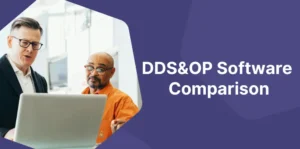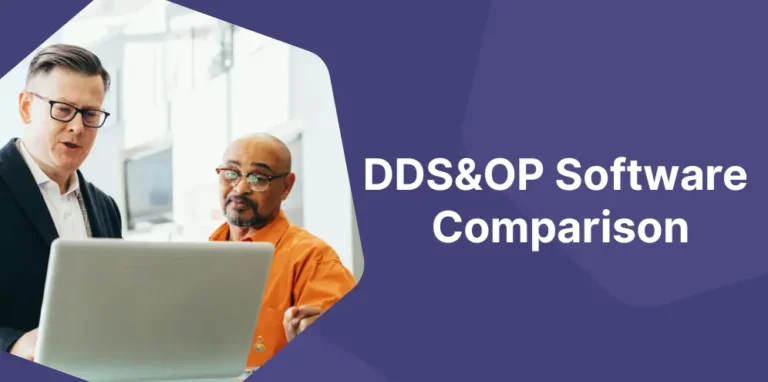What happens in our brain when we exercise our intuition?
A French scientific magazine recently devoted a fascinating dossier to intuition (Science & Vie, August 2021 https://www.science-et-vie.com/archives/n-1247 ). It appears in particular that intuition is the automatic implementation by our brain of knowledge accumulated in our long-term memory.
Far from being a random and therefore unreliable process, intuition calls upon the reflex implementation of our expertise. This process is much faster than deductive reasoning, which calls on our prefrontal cortex. “A sort of short-circuit, a shortcut, is put in place thanks to expertise, which avoids having to go through all the steps that we would consciously do to solve a problem,” according to Axel Cleeremans, professor of cognitive psychology at the Free University of Brussels, quoted by the magazine.
Intuition in the face of complexity
As we have pointed out on several occasions, our companies are evolving in an increasingly complex, volatile, uncertain and ambiguous world.
In such a context, deductive reasoning is often challenged: we have difficulty identifying facts, cause and effect links, and by the time we conduct our rational reasoning (our formal planning cycles for example) the environment has already changed.
Putting accumulated expertise to work instantly undeniably opens up opportunities: we can make intuitive day-to-day decisions to adapt our response to a changing environment, instead of conducting detailed analyses over longer planning cycles. One of the examples given in one of the magazine articles refers to decision making that is 8 times faster than through logical reasoning.
Some of these intuitive decisions made along the way may not be perfect/accurate – but the increased frequency of review and adaptation means that an imperfect decision has less impact and is quickly adjusted. Roughly right is better than precisely wrong…
A demand-driven operating model (DDOM) enables intuitive day-to-day – or even minute-to-minute in our shops – decisions that are effectively fueled by the accumulated expertise of the teams that developed the model. Complexity is encapsulated in the model, so that decisions are simple to make.
At a time when artificial intelligence is in fashion, it is interesting to note that it proceeds in a very similar way to human intuition: on a base of accumulated examples, the AI proceeds by analogies, and will deduce that a photo represents a horse, without conducting a deductive reasoning.
Intuition and delegation
Implementing an intuitive model also allows for the deployment and delegation of real-time decision making throughout the enterprise, as close to the operations as possible. Lean practitioners know this well: a kanban board will allow to delegate the management of production start and execution priorities before the machine, without waiting for a scheduling cycle already obsolete given the latest machine breakdown…
The more intuitive the model, the more it is understood, and the more easily it is adopted by all teams.
Isn’t this the ideal approach for dealing with a complex and changing environment: deploying a network of frequent decision making throughout the company that is aligned with the actual demand applied to the overall system?
Intuition and computer systems
What is the role of supply chain applications in this context?
The vast majority of our ERP systems are based on formal sequential, monthly and weekly planning cycles and are not necessarily very intuitive… APS solutions have implemented algorithms to speed up decision making, but often suffer from a black box effect and are questioned by planners.
Our solutions implement the expertise accumulated by the teams, through the definition of the DDOM operating model. This model allows the supply chain and production teams to make intuitive decisions in real time, based on visual management principles. Moreover, this model is enriched with new knowledge accumulated through the analysis of inventory, time and capacity buffers. Regardless of the complexity of the operating model, it is critical that the signals are easy to process on a daily basis for the teams: clean screens, visual control, transparency, control by exception.
Logical reasoning is not excluded, rest assured, but instead of being exercised on a daily basis for operational decisions, it is implemented to evolve the model in the DD S&OP and Adaptive S&OP processes.












